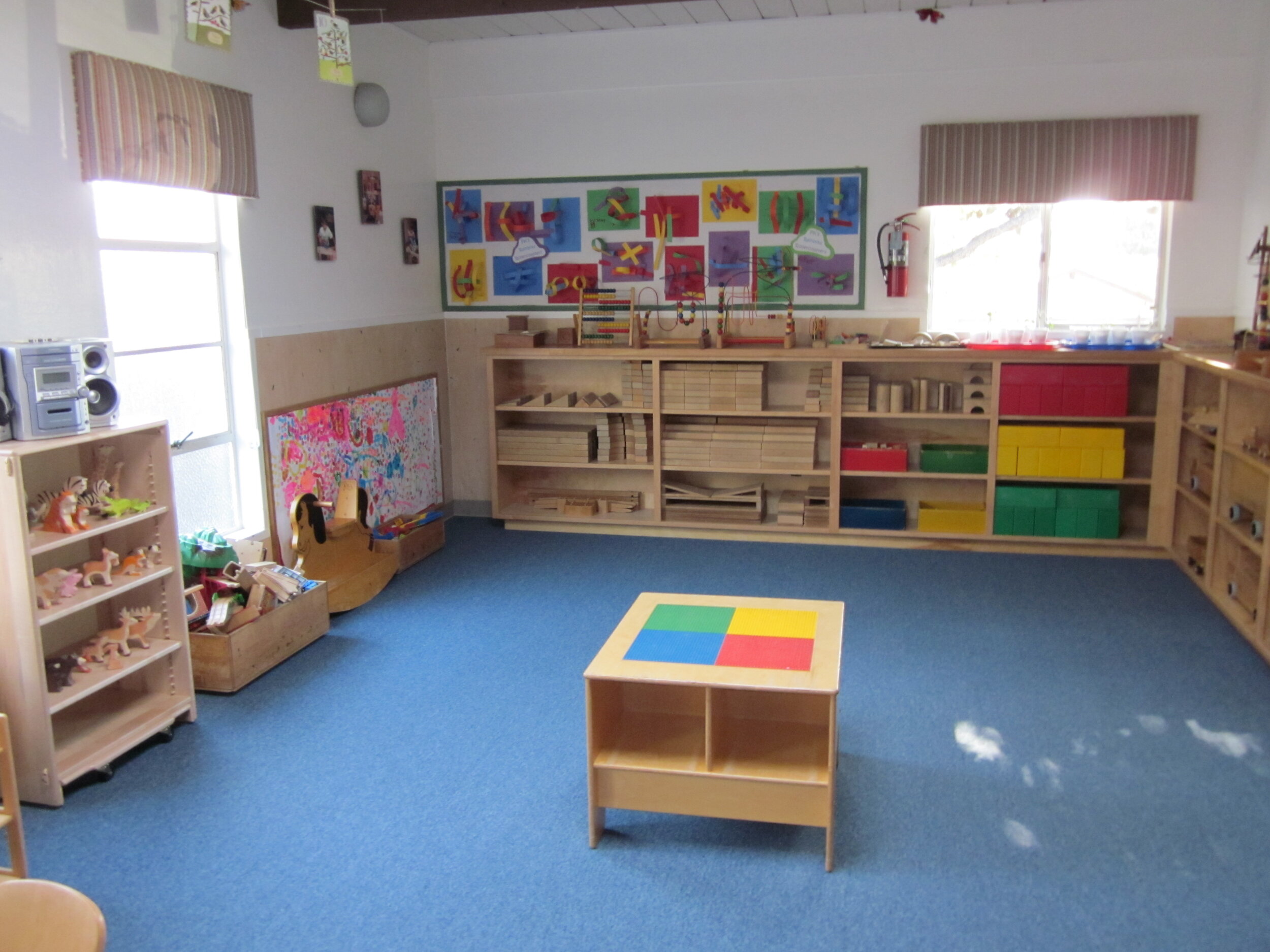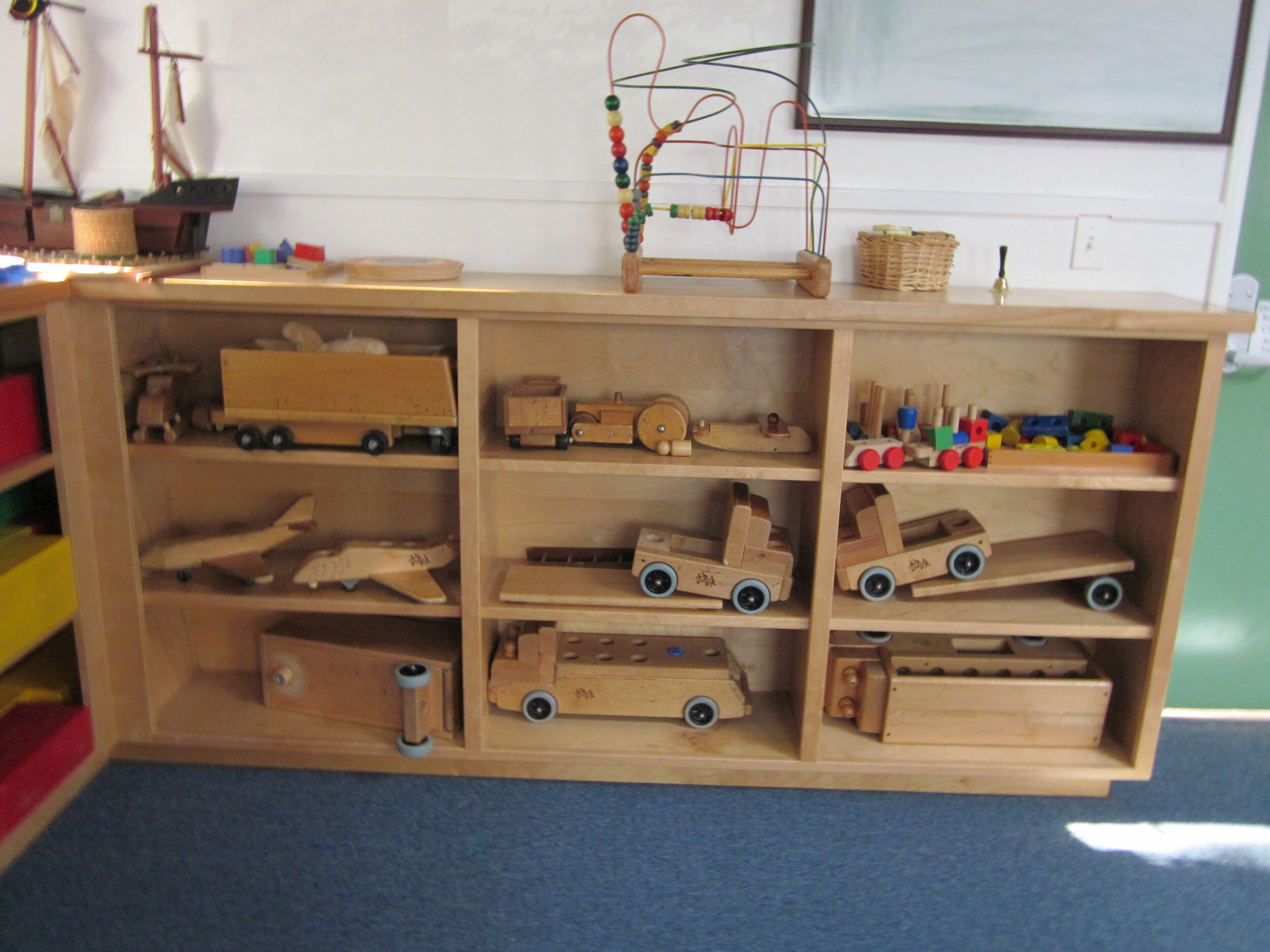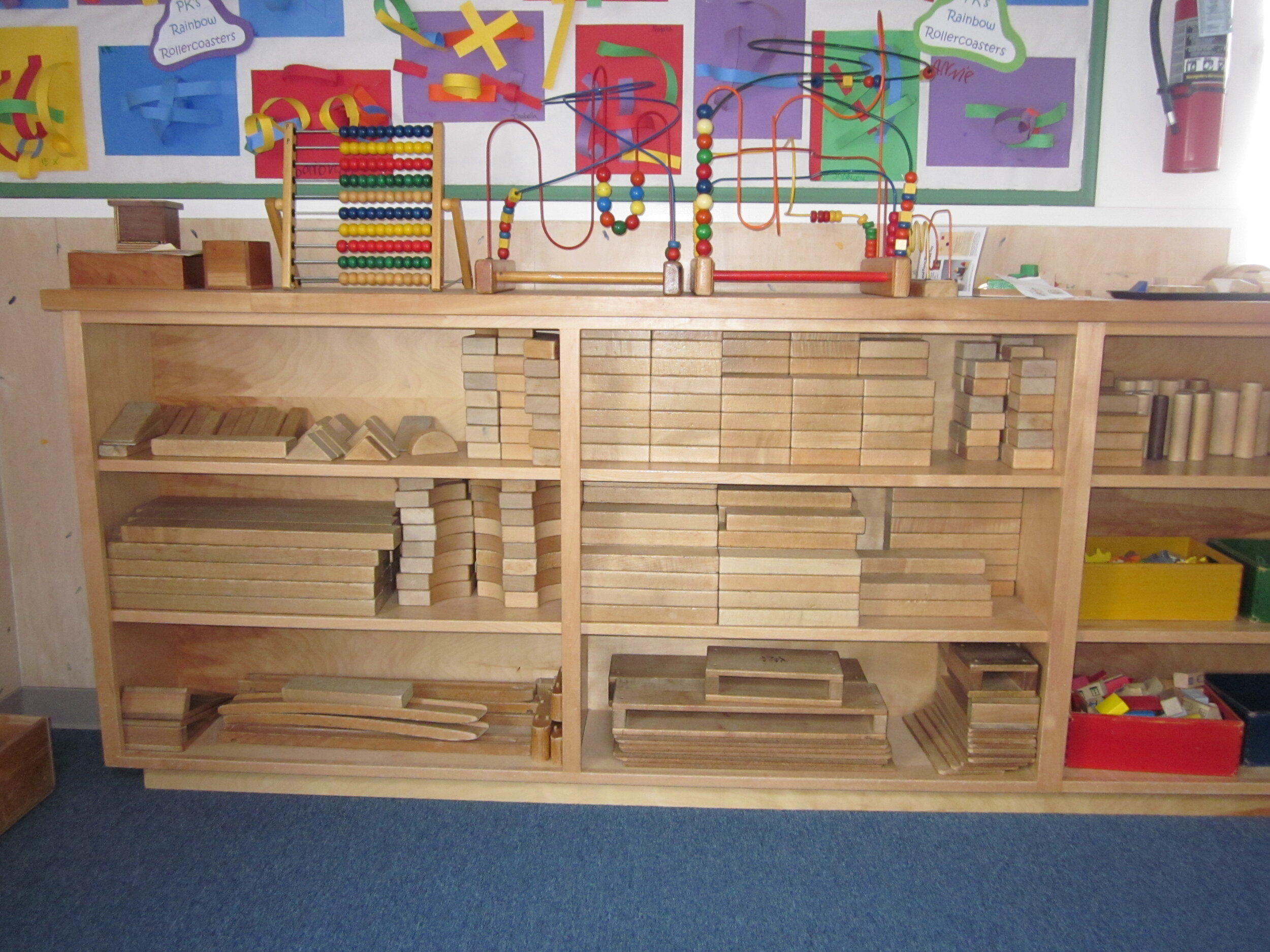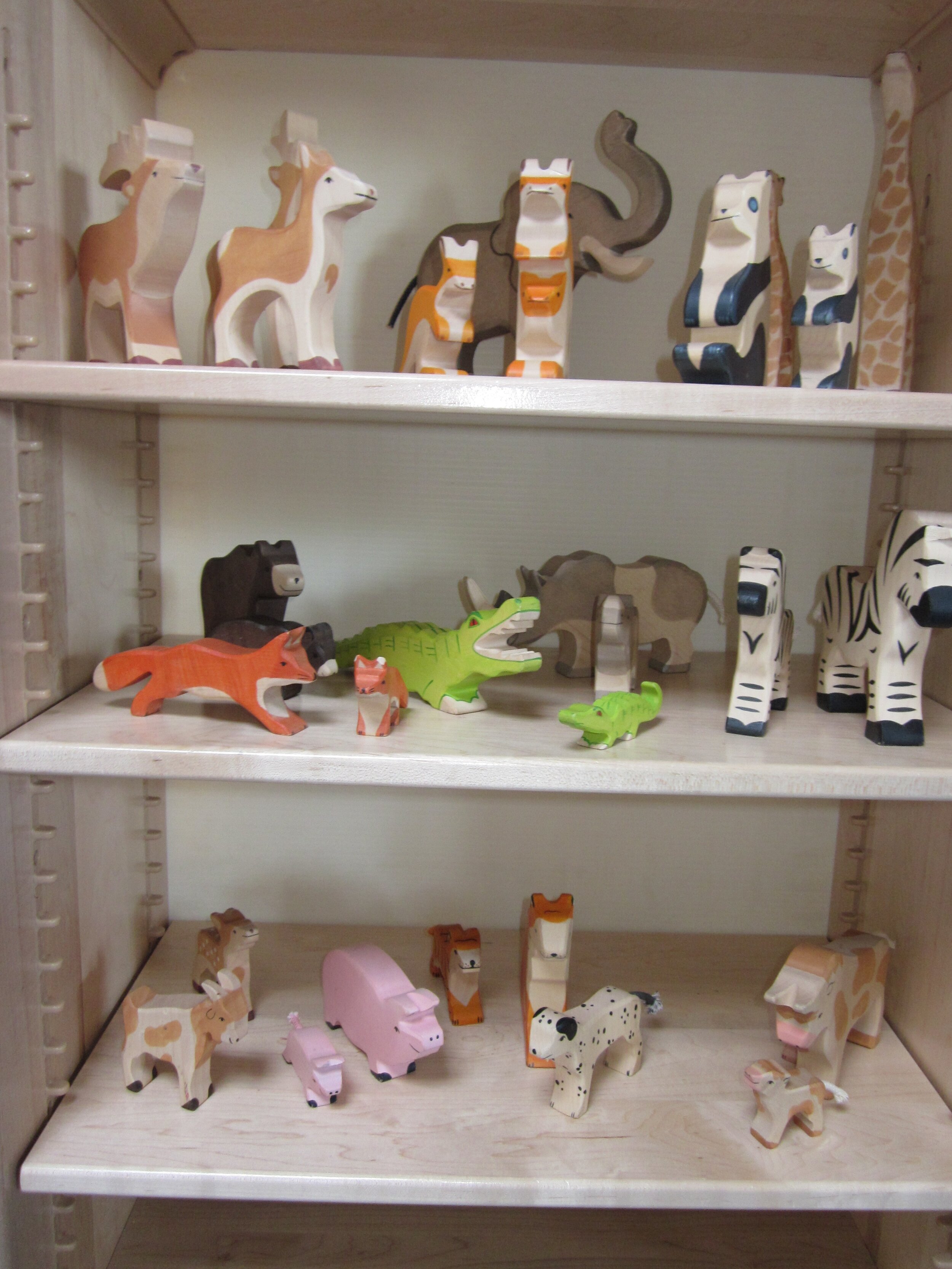Frobel Philosophy
Children have always had an innate ability to play with objects in their environment. In the 1830s, Fredrich Froebel concluded that students who began their education at the ages of seven and eight were already deficient in their ability to learn. When he recognized that structured play of very young children could provide a basis for their formal education, he began devising materials and games for two to six year olds.
In 1840, Froebel officially opened his first kindergarten (“children’s garden”) in Blankenberg, Germany. His creative system of learning through play was so successful that it had spread throughout the world by the end of the 19th century. Parents and grandparents of today’s young children, looking back upon their own preschool and kindergarten years, can recall building with blocks, digging in a sandbox, watching beans sprout, sitting in a circle while the teacher led fingerplays and musical games. All of these were part of Froebel’s original kindergarten, updated to fit into more modern times but maintaining his spirit of learning through doing.
Froebel drew upon many sources to develop the kindergarten system. His curriculum was based upon his own education in the physical sciences and the philosophical beliefs of his time. He observed classes being taught by the revolutionary Swiss schoolmaster, Pestalozzi, who stimulated his students with hands on activities. Froebel noted the loving encouragement Pestalozzi gave to the children instead of rote learning and floggings. This stimulated Froebel to recall as a young child his own frustrations to construct with scraps of wood. This led to the development of sequenced system of building blocks. The kindergarten was also the result of pioneering research in developmental psychology, which Froebel and his colleagues recorded and shared their observations of infants and young children at home and in school.
In the Froebelian kindergartens, children “make the outer inner and the inner out.” This meant that they could assimilate contacts with their environment and then creatively express them in many ways. In his 1997 book, Inventing Kindergarten, Norman Brosterman attributed the great burst of artistic and architectural creativity of early 20th century to the kindergarten backgrounds of Frank Lloyd Wright, Paul Klee, Piet Mondrian, and others. At Del Mar Hills Nursery School the imaginative play of young children can be observed when we follow Froebel's old maxim: “Come, let us live with our children.”








